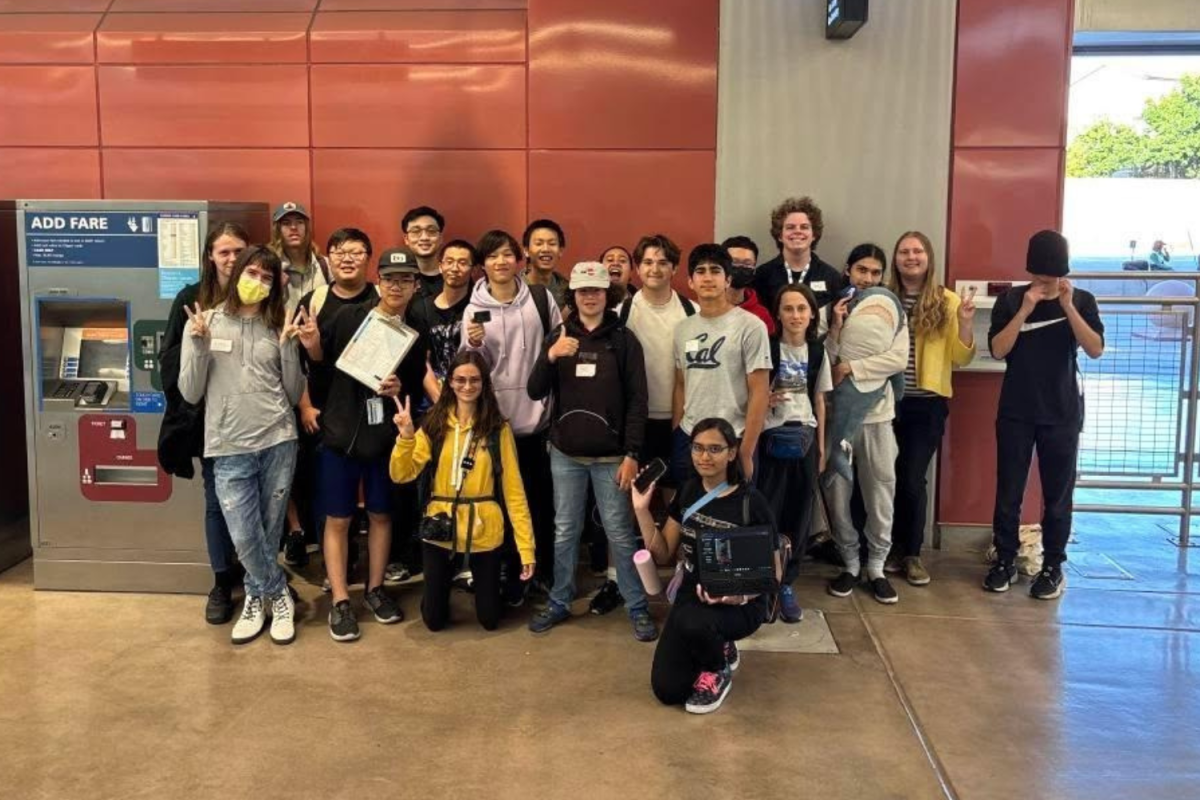With an ever-developing collection of olive-drab helmets and vintage water canteens, sophomore Steven Hong found himself in a heart-pounding race against time. As the seconds ticked away, Steven watched as the eBay page for a vintage 1940s American soldier’s uniform turned into a battlefield of last-minute bets. As more and more bids were fired, a sense of confused anticipation ran through Hong’s veins. Within the last 10 seconds, Hong placed his bet, and a cathartic sense of relief ensued as shipping details popped up on his monitor. Despite collecting relics that have long since become echoes of history, Hong hopes to breathe new life into these artifacts and preserve their historic significance in his collection of militaria, or military memorabilia.
Before embarking on a long journey of collection, Hong’s passions lay in understanding the aspects of transportation — ranging from everyday transportation to machines of war.
“My passion for militaria started with vehicles like tanks and warplanes,” Hong said. “The way they function, are designed and their usage in conflict is extremely interesting.”
In Hong’s collection, he attempts to weave together a timeline of the American theater of World War I and World War II. Hong’s collection currently consists of items like helmets, tactical boots, cartridge belts, leggings, bags, shovels and metal canteens, all produced during those turbulent periods of American history.
“The period of World War I to World War II is the most pertinent to life in the 21st century,” social studies department lead Steven Roy said. “It’s good that Steven has chosen to collect items of such high relevance.”
One of the main exhibits of Hong’s collection is a 1910s Eagle-Snap cartridge belt. During World War I, American Soldiers had used Eagle-Snaps, a particular design of the metal buttons placed on cartridge belts. This particular model is the first of 10 models used in WWI and was bought by Hong in pristine condition. Purchasing this belt had been Hong’s proudest moment throughout his collection career, due to the amazing bargain price that he obtained it at.
Though Hong’s main method of collecting artifacts is through online shopping sites, Hong also appreciates buying artifacts in person. One of Hong’s favorite methods of shopping for militaria is by visiting antique shops or militaria conventions. To Hong, stepping into an antique shop is like an adventure. The allure of finding a treasure within mounds of scrap, combined with the unique interactions held within the store are two reasons why Hong always finds that it’s worth it to come back another day.
“While walking inside the antique shop, I saw several waist-high piles of old uniforms,” Hong said. “It feels Indiana Jones-ish to be wandering through this store. It was worth inhaling in what was probably a combined millennia’s worth of dust trying to find militaria.”
As a part of his school community, Hong has shown impressive dedication to militaria. In his history class, he always contributes knowledge that enriches classroom discussions while adding his own historic flair. Within his group of friends, Hong also keeps them updated on any new items that he collects, and the stories behind them. Hong is also an avid user of social media, using platforms like Instagram, Discord and the U.S. Militaria forum in order to interact with the community and showcase his collection.
“Steven’s militaria is different compared to a lot of other content that our friends post,” sophomore Isaiah Sit said. “ It’s a breath of fresh air whenever Steven posts about his hobby, as compared to our usual discussions.”
Hong’s passion for history isn’t restricted to just military collection, as he frequently interacts with historical organizations like the Historical Forces Association and the Chinese 88th Division of California. Both of these organizations specialize in reenacting war scenes through collecting real and replica instruments of war and firing them in staged settings. Hong looks up to these communities of reenactors, as he plans to join a reenactment organization in the distant future.
“At some point, you realize that you’re not just collecting old stuff,” Hong said. “I’ve learned to appreciate history and realized that the militaria that I’m collecting has been used for violent conflict; these items have shaped the world into what it is today.”










































































